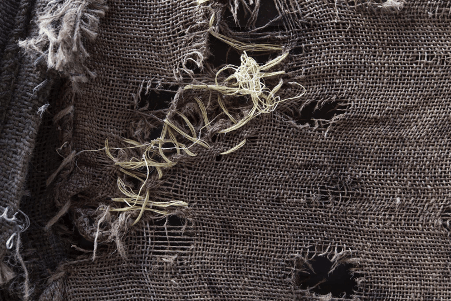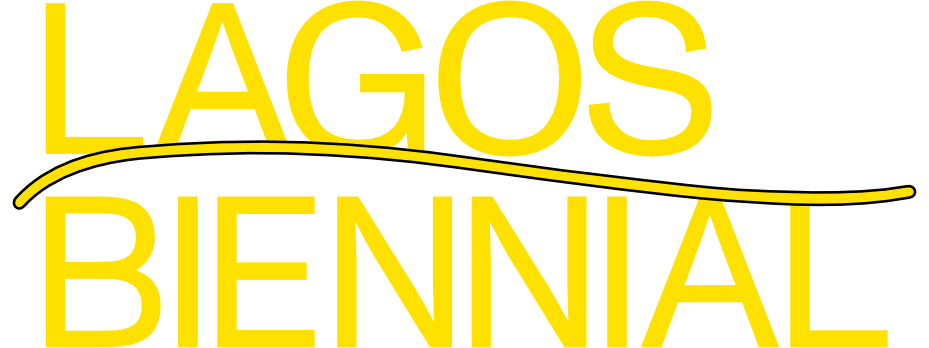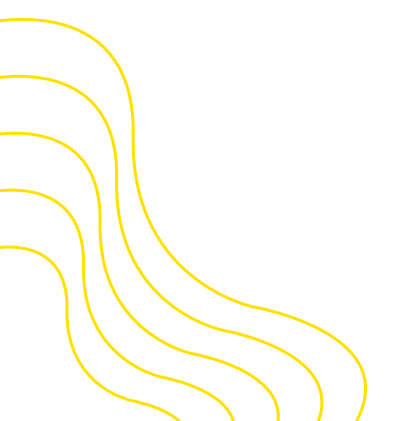
Ibrahim Mahama, research photograph, Courtesy of the artist
Born Tamale, Ghana (1987), lives and works in Tamale, Ghana
YAKACHANA 2012-2024
jute sacks
dimensions variable
Courtesy of the artist and Apalazzo Gallery
Commissioned for Lagos Biennial 2024
Artist statement
Some years ago, I became interested in the idea of occupying spaces within the city of Tamale which had been abandoned for many decades, some of which were constructed in the 1960s at the time of the foundation of the African Union by our first president Kwame Nkrumah. One example is concrete silos built to contain cocoa, of which Ghana was the largest producer globally. British colonial infrastructure allowed for the heavy intensification of cocoa production through the creation of the technologies of industrial agriculture and the railway network. When Nkrumah became president, he was very much interested in the idea of industrialization and how the continent could move towards economic independence. He didn’t succeed, partly because of his alignment with the Eastern Bloc during the Cold War, which made him a target for intervention. Consequently, all over the country buildings were abandoned. Through my work and the kind of objects that I use – old decayed or discarded materials to create large scale installations and site-specific inter- ventions – I realised that the abandoned buildings had really interesting qualities. They were beginning to be habitations for plants and other life forms like bats, owls, frogs, fishes. I thought that they somehow redefined what it meant to share spaces with other living organisms and really addressed certain ecological concerns. I have also been interested in using jute in my work for a long time, even when I was in art school, and in particular looking at it from a more political position. The old jute sacks used to transport cocoa and later rice, maize, char- coal and so on, were not produced in Ghana. They were brought in from India and Bangladesh – from other parts of the British Empire – and of course, carried with them various histories and relations of exploitation. This material was just a container yet was part of a system that didn’t allow for a certain kind of economic infrastructure to develop to generate wealth for Ghana. I became interested in the global failures and systems that were somehow encapsulated within the image of this material and used it to produce many different installations and concurrently began to focus on architectures and to intervene in them. More recently, I began converting them into cultural institutions, drawing relations between these buildings and other technologies from the same period. During the pandemic, I acquired a silo in the north of Ghana to convert it into a cultural institution and I wanted somehow to use its inner contradictions – like using a jute sack which is torn apart through use to produce art which circulates within the market and thinking about the residues or capital that are generated from it. But now instead of being used for the storage of commodities, it can be a place of production of ideas, because it allows us to teleport ourselves into various points in history.
Excerpt from ‘Multiple histories of art, technology and utopia in the south: Kathryn Weir in conversation with Ibrahim Mahama and Temitayo Ogunbiyi´ in Utopia Dytopia: the myth of progress seen from the south, Madre museum of contemporary art and Arte’m, Naples, 2023, p.159-161.
Ibrahim Mahama’s work is included in Gregarious architectures.









